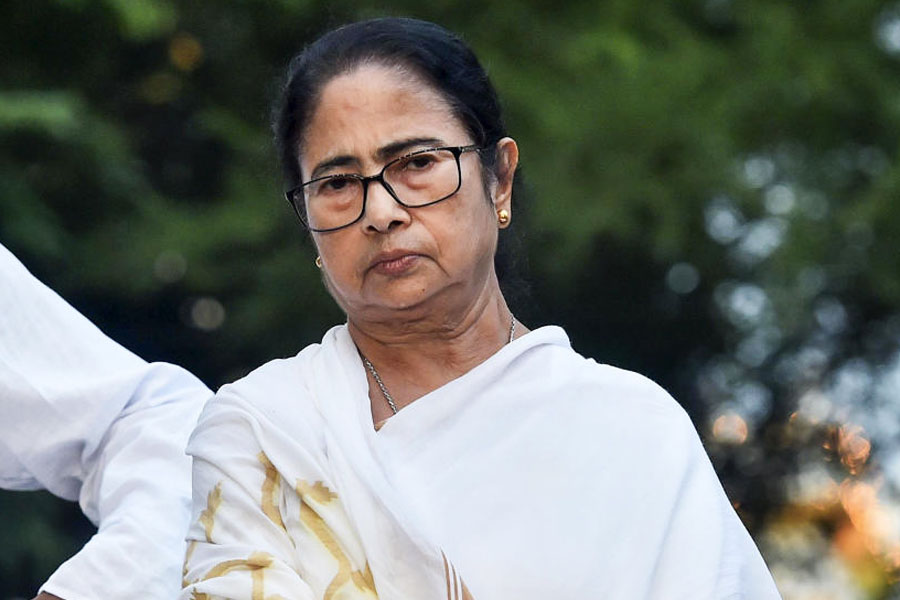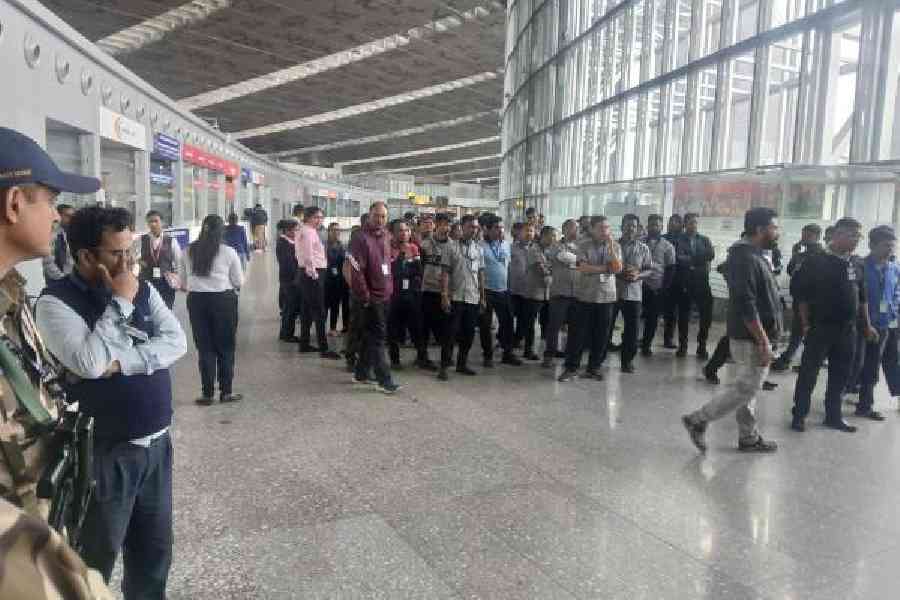 |
| Mumbai maze: (Clockwise from top right) Mukesh Ambani’s Antilla; the Bandra-Worli sea link; a still from Miss Lovely and the Dharavi slum |
Ashim Ahluwalia mops the beads of sweat from his forehead. “The city has no landmarks,” he says, shaking his head in disbelief. “Mumbai has lost its distinct character.”
The filmmaker grew up in the city — and feels the loss of a bygone era so much that he tried recreating the past with Miss Lovely. The film, which created waves at Cannes this summer, looks back at the city of the 1980s when a semi-porn film industry flourished in the back lanes of Mumbai.
The film comes along with a spate of books on Mumbai — all exploring various angles of the cosmopolitan city. From crime and slums to jazz and dance bars, the books, along with an ongoing photo-art project, pay tributes to a city that was once known for its vibrant and diverse landmarks.
Mumbai was always a city that inspired hope — and envy. Delhi was laughed off as the babu’s village, Calcutta as a dying city, Bangalore as geek town and Chennai as just a southern fringe. Mumbai, on the other hand, had chutzpah. But the city’s old-timers — through their creative works — rue that all that is fast disappearing.
The works speak of a Bombay that was, not the Mumbai that is. The spirit of the city has changed — and locals say they have to thank opportunist politicians, corrupt policemen, rising riches and haphazard development for it.
There are some who believe that it all started with Slumdog Millionaire. Others hold that changes started creeping in after 1991, when Mumbai was caught in a vortex of violence — communal, criminal and militant, which successive administrations did little to contain. A few stress that the developments are recent, and are reflective of a new India.
Annawadi, a slum 200 yards off the Sahar Airport Road, is a case in point. Asia’s largest slum Dharavi — the subject of a great many books — seems to be losing its shine. Pulitzer Prize winning author Katherine Boo’s Behind the Beautiful Forevers is an acclaimed book on the life of the people in Annawadi — a “stretch where new India collided with old India and made new India late.”
“Until recently, slums meant Dharavi,” points out historian and conservation architect Abha Narain Lambah. “But now new landscapes are being talked about.”
Old landmarks are indeed making way for the new. Take the Gateway of India. The arch-shaped colonial structure was once the enduring symbol of the city. The structure that attracts attention today is industrialist Mukesh Ambani’s 27-floor Antilla — reportedly the costliest home in the world, with mother of pearl floors, hanging gardens, a bird park, theatre and helipad.
 |
| Earlier people visited the Gateway of India. Now they look at Antilla |
“Earlier people visited the Gateway of India. Now they look at Antilla,” says photo-journalist Chandu Mhatre. “If the city’s landmarks were once its churches such as Colaba’s Afghan Church, today the attraction is the Bandra-Worli sea link.” The lensman has, along with city artists, historians and photographers, started a project called “Vanishing Bombay” to capture Mumbai’s fading landmarks.
Among the fading landmarks is Watson’s Hotel (now called Esplanade Mansion) in South Mumbai — where Mark Twain stayed when he visited India and where India’s first motion picture was screened.
As the city welcomes glitzy new restaurants, the old eateries are disappearing. “The bun maska and Iranian restaurants have almost vanished,” Mhatre says. “So have the famous Udupi restaurants of this immigrants’ city.”
Indeed, the city that was once known for opening its doors to people from across the country is no longer that of immigrants. In the 1960s, out-of-state migrants coming into Mumbai constituted 36 per cent of the population. The figure had dropped to 26 per cent by 2001.
Even the underbelly of Mumbai is not what it once was. The all-powerful underworld that wreaked havoc is floundering. Dawood Ibrahim — who ripped Mumbai apart with a series of blasts in 1993 — is in hiding. Most of the top criminals are in jail, or maintaining a low profile. The flourishing red light area that spread out in Kamathipura is being eyed by realtors. The places where textile mills once stood are now known for their malls. Glass has replaced old stone. “The neo-liberal bubble is the spirit of Mumbai,” mocks writer Naresh Fernandes.
The changes are the subjects of the new books on Mumbai. The closure of dance bars, for instance, is the theme of Sonia Falerio’s award-winning Beautiful Thing: Inside the Secret World of Bombay’s Dance Bars. Fernandes’s Taj Mahal Foxtrot: The Story of Bombay’s Jazz Age traces the rise and fall of jazz in the city. “Jazz is a metaphor to talk about the cosmopolitan life of this city,” Fernandes says.
Some of the other new titles include Gyan Prakash’s Mumbai Fables, Atlaf Tyrewala’s Mumbai Noir and Meenal Baghel’s Death in Mumbai. Hussain S. Zaidi’s Dongri to Dubai on crime has sold over 10,000 copies and comes on the heels of his 2011 book Mafia Queens of Mumbai.
Cinema too has doffed its cap to what is clearly the ugly face of new Mumbai. Dibakar Banerjee’s Shanghai, while ostensibly on a small town, portrays Mumbai’s unchartered growth and the nexus between private builders and bureaucrats. Then, of course, there is Miss Lovely.
“I had to recreate the discotheques, bungalows and even the Hanging Gardens of the 1980s,” says Ahluwalia, adding that the cabaret halls have almost all shut down. “This so-called development is happening so fast that half the locations where I shot have already been bulldozed.”
Yet the avalanche of books and films underlines a fact that cannot be denied — Mumbai, old or new, continues to intrigue. “That’s because it’s a cosmopolitan city — just like New York or London — but one which never got its due,” argues writer-journalist Hussain Zaidi. “Now we are looking at the city from different angles and making it more interesting.”
This is a city which was carved out of the sea with seven islands dotting the terrain. “Yet the Mumbai that emerged out of Bombay was never the same,” rues Ahluwalia. But the city, he adds, still has its hold over the people. “Everyone speaks of leaving this city, but will never leave. Nor will I,” says Ahluwalia, who returned from New York after training in filmmaking. “This is a city where every type of opposite lives,” he adds.
Historian Lambah agrees, stressing that there is no one truth to Mumbai. “The city has multi-truths to offer. And everybody is cashing in on them,” she says. Either that — or they are seeking to preserve a way of life that’s dead and gone.










